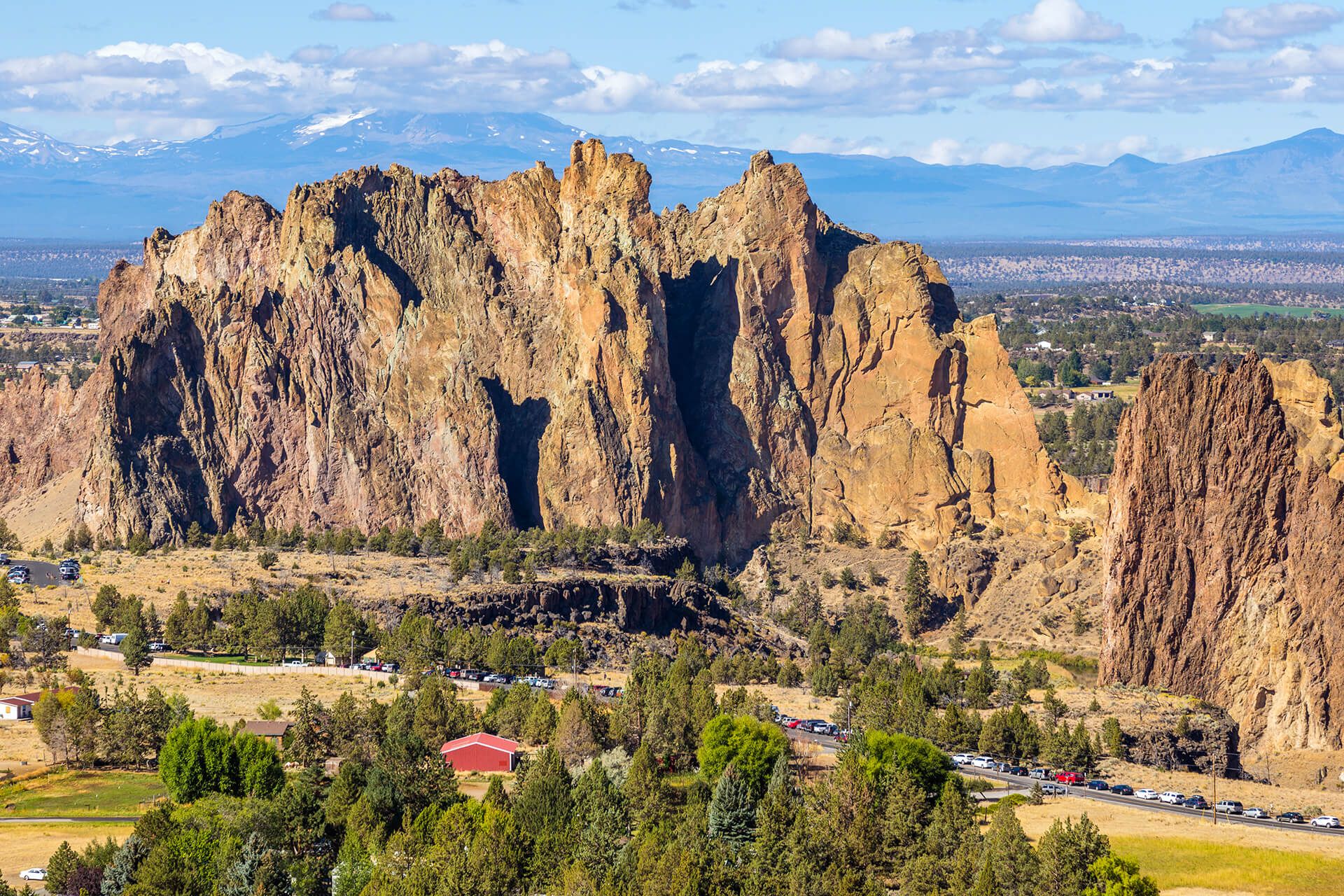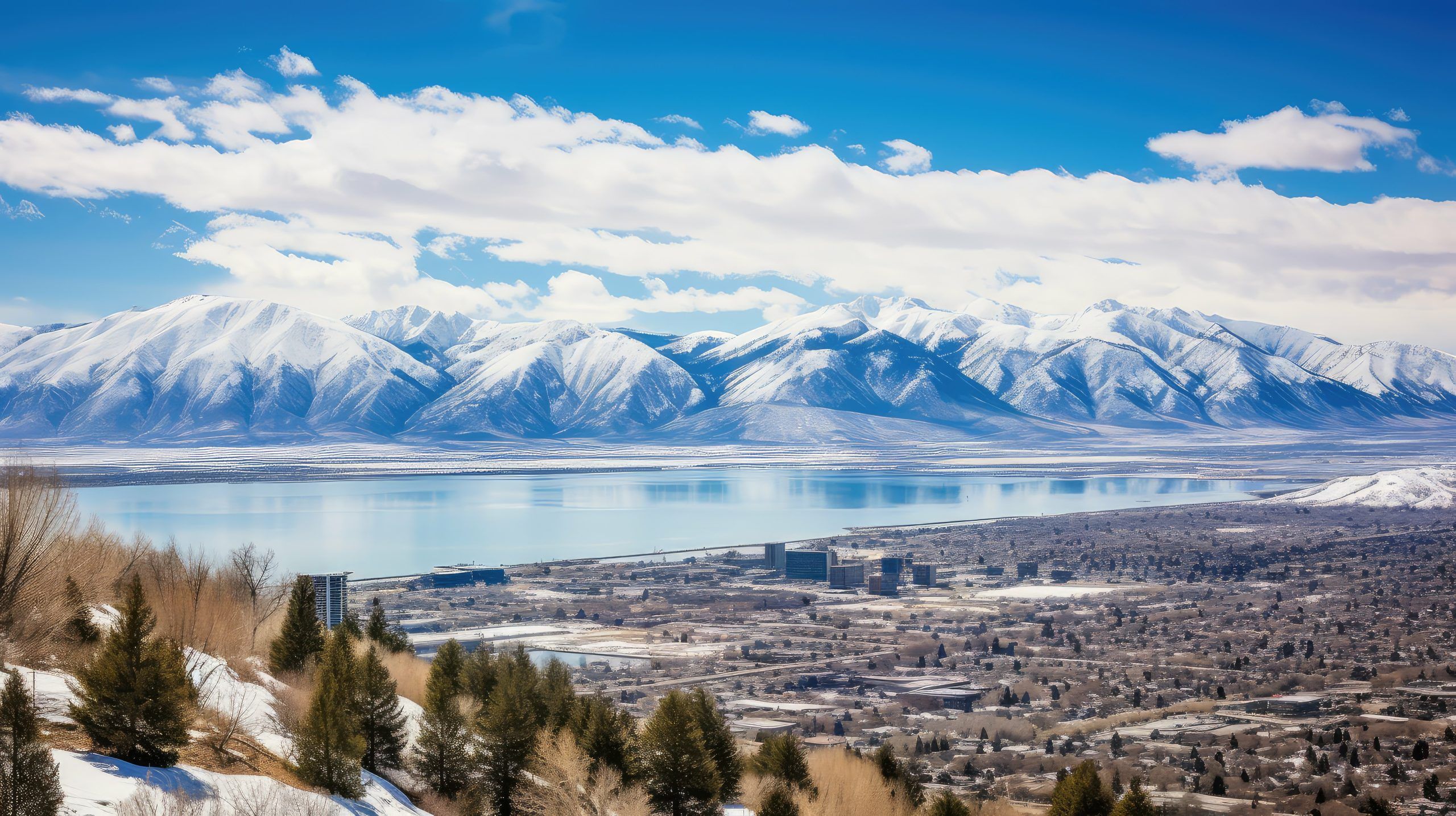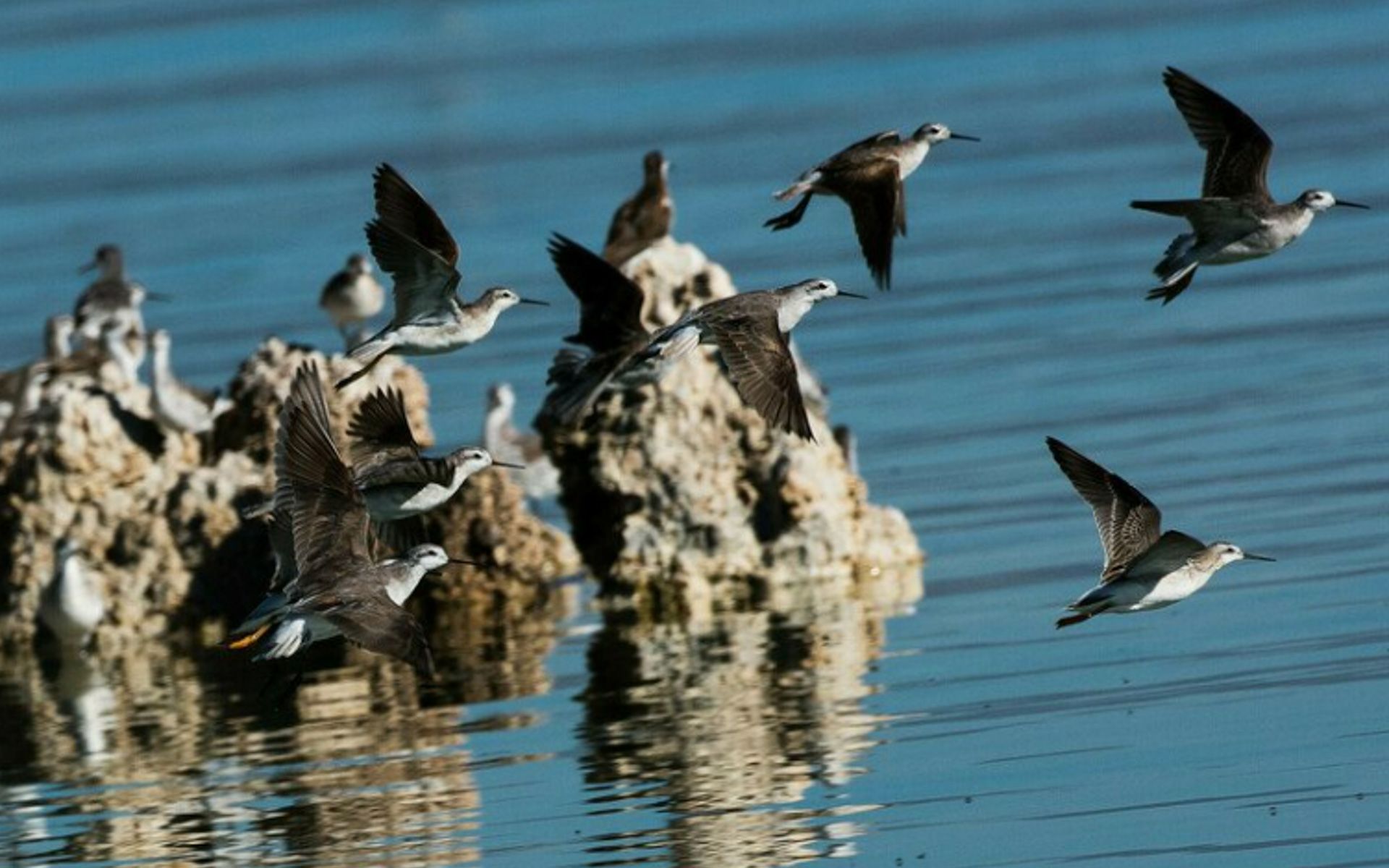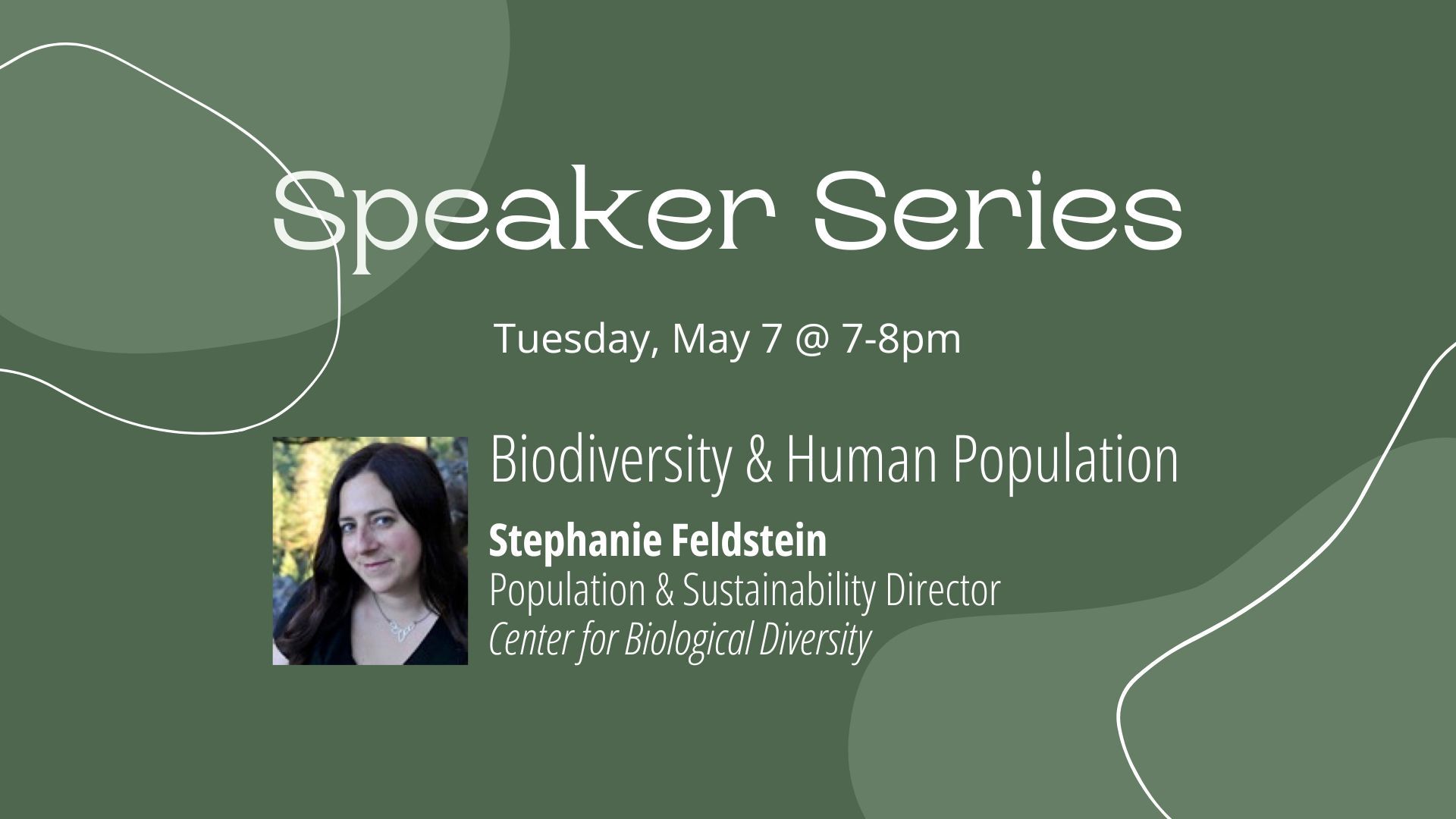Trees Not a Crowd

- April 14, 2022
I’m relatively new to UPEC, but I was very glad to learn that a local group is working on the intersection of people and nature. As a recent graduate of the University of Utah currently employed in the outdoor recreation industry, I tend to think about these issues through the prism of the West’s stressed wildernesses. I spent 6 months of last year working as an outdoor educator in Central Oregon.
Every few weeks I connected with 10 strangers, usually high school students, at a trailhead in the Cascade Mountains, and we set out to build a community from scratch, using backpacking, rafting, and rock climbing to facilitate this process. It is fulfilling and challenging work.
Outdoor education offers a framework for imagining what a more ecologically, socially, and emotionally sustainable future might look like.
On course, community is immediate. Students embrace a slower pace of life, connect with the natural world every day, and learn to prioritize open and honest communication. Stripped of the chatter of the outside world, they begin to pay attention. They notice things about themselves and their environment that they were previously unaware of — a profound and often uncomfortable experience. The amount of growth and compassion that I’ve witnessed in backcountry educational settings gives me hope for the future. It makes me wonder what a world where everyone spends a few weeks in the woods each year might look like.

Unfortunately, the combination of our growing population and the climate crisis diminish the experience and effectiveness of outdoor education. Last summer, I spent several weeks instructing climbing courses at Smith Rock known for its sheer, rust-colored walls cut by the brooding water of the Crooked River. It’s a haunting landscape — the remnant of an ancient super-volcano. It is also a zoo.
Amid basalt cliffs lined with ponderosa and sage, you’ll find people. Everywhere. Instead of a wilderness expedition, it feels more like a school field trip. Interactions with the public become a risk management concern. On Smith Rock courses, students are more likely to be caught with substances or technology, often obtained from strangers they meet in the park. Because of the constant stimulation provided by swarms of people, they also miss out on what a true wilderness experience has to offer: peace and quiet. Outdoor education is most impactful when it gives students the space to think, free of distraction. This opportunity is lost in crowded course areas. Add thick wildfire smoke and unrelenting heat to the mix and outdoor educational experiences can feel dystopian at times.
Spending time outdoors teaches us the joy of simplicity. Incidentally, embracing simplicity may be the only way to preserve outdoor spaces.
Having fewer children and spending more time at local wilderness areas (rather than traveling long distances to recreate) are two action steps that will help ameliorate the impacts of population growth and climate change on wild spaces. They will also make my job easier. I like to think that courses like the ones I teach play a formative role in shaping the values of the next generation. Kids who experience the transcendent wonder of wilderness and build strong connections to land will (hopefully) be more motivated to protect it.


